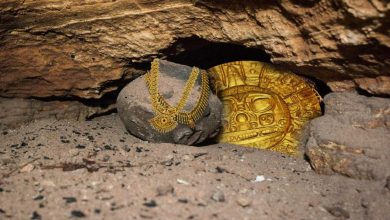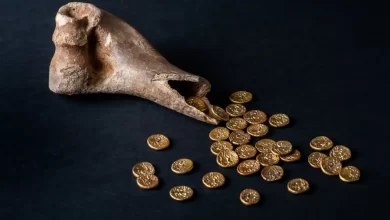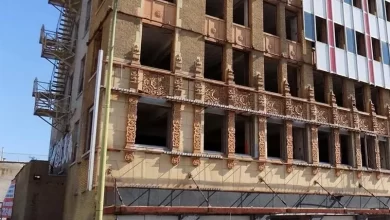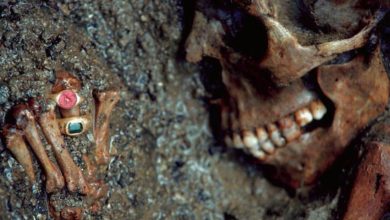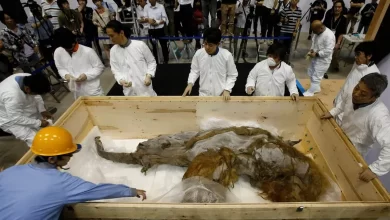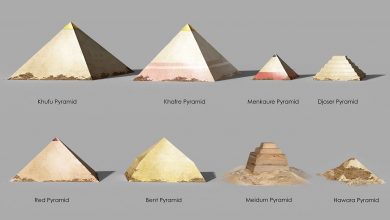The Great City of Uruk Became Sumerian Powerhouse of Technology, Architecture and Culture
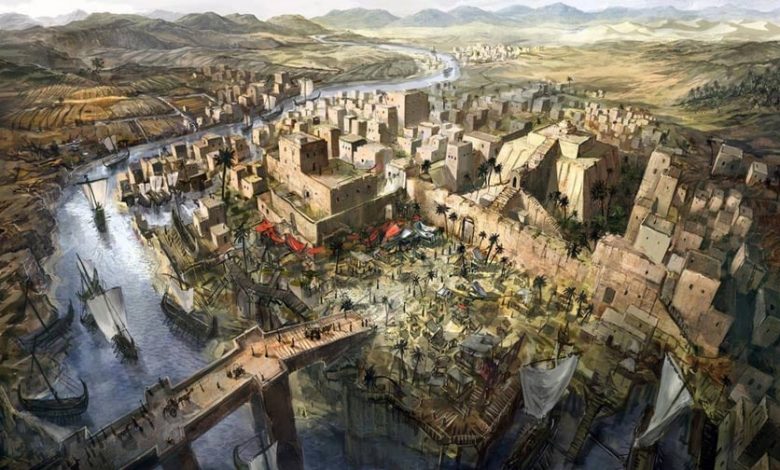
Home to Gilgamesh, Uruk was the major force of urbanization and state formation during the 4th millennium BC. In Epic of Gilgamesh , the king is said to have built the city’s monumental walls. There may be some truth to the legend, these walls, as well as other city structures, were actually unearthed by archaeologists.
Where is Uruk?
Uruk was one of the most important cities in southern Mesopotamia. This city lies about 241 km (150 miles) to the south of Baghdad, the present capital of Iraq. In ancient times, Uruk was situated on the eastern banks of a channel of the Euphrates River. Over the millennia, however, the channel dried up, and its course shifted away from the city by about 19 km (12 miles).
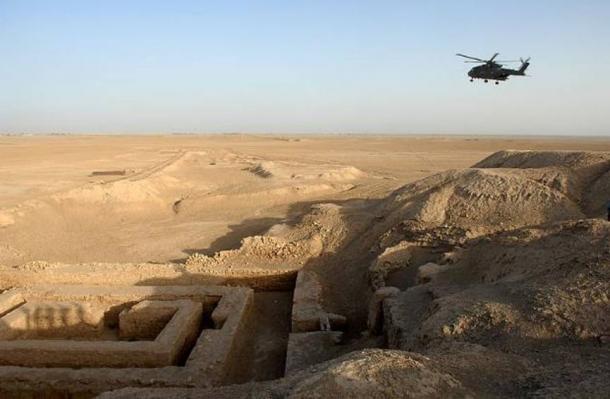
A general view of the Uruk archaeological site at Warka in Iraq. ( OGL)
The ancient city of Uruk is also known in Arabic as Tell al-Warka, and in Aramaic / Hebrew as Erech. The site of Uruk is believed to have been settled as early as the Ubaid period (which lasted from around the 7th to the 4th millennium BC). Although Uruk’s history may be traced archaeologically to the 6th millennium BC, and perhaps even further back, the city’s rise to prominence occurred only around 3800 BC. As Uruk became the main force of urbanization and state formation, the period that lasted roughly from 3800 to 3200 became known as the Uruk period.
The Uruk Period
The Uruk period is characterized by the formation of the first city states in Mesopotamia. During the preceding Ubaid period, villages were established in southern Mesopotamia, and these grew into towns. This urbanization continued, with Uruk leading the way. The urbanization of this ancient city is evident in the creation of monumental architecture.
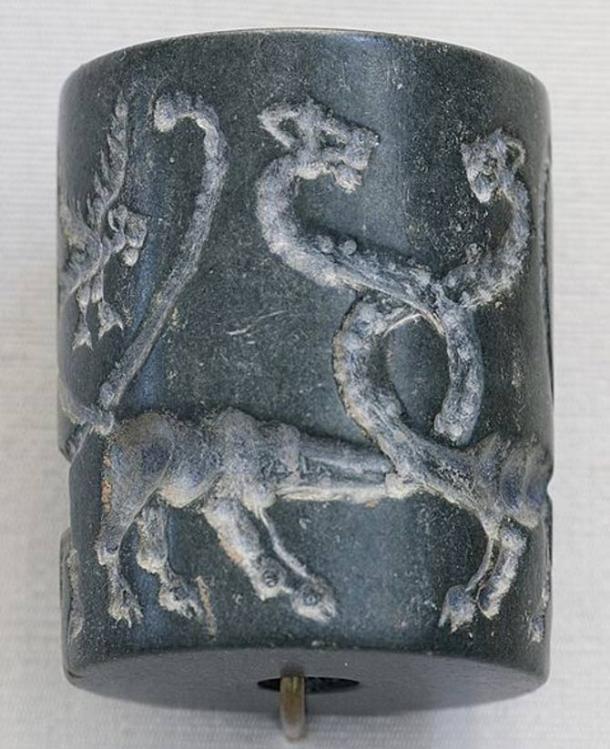
Jasper cylinder seal: monstrous lions and lion-headed eagles, Mesopotamia, Uruk Period (4100 BC–3000 BC). (Marie-Lan Nguyen/ CC BY 3.0 )
For instance, the legendary king Gilgamesh is traditionally credited with the building of the walls of Uruk. These mighty walls were mentioned in the Epic of Gilgamesh , where the hero asks Ur-shanabi (the Mesopotamian version of the Greek Charon) to inspect them. Parts of the city wall were discovered during excavations of the early 20th century. Other monumental structures at Uruk include the Anu Ziggurat, several other large temples, and administrative buildings.
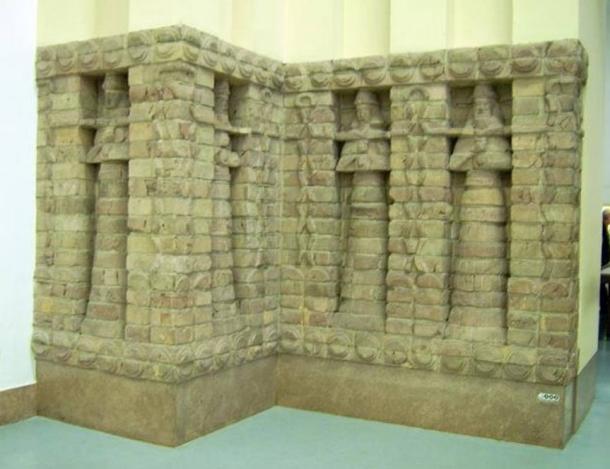
Part the front of the Inanna temple of the Kara Indasch from Uruk. (Marcus Cyron/ CC BY SA 3.0 )
Excavating the Mesopotamian City
Uruk has been excavated mainly by German teams, and their work at the site has helped to enhance our understanding of this ancient city. Apart from the city’s monumental architecture, other archaeological evidence served to demonstrate Uruk’s rise to prominence during the 4th millennium BC. For instance, it was in this city that the earliest evidence of writing, in the form of simple pictograms inscribed on clay tablets, was discovered. Luxury goods from abroad have also been found, indicating that the city had established trade with foreign lands. Moreover, it seems that the rulers of Uruk had pursued an aggressive expansionist policy.
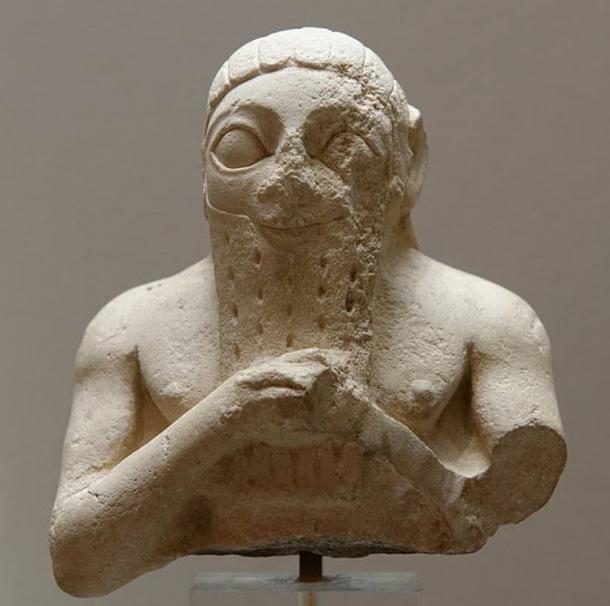
Male bust, perhaps Lugal-kisal-si, king of Uruk. Limestone, Early Dynastic III. From Adab (Bismaya). ( Public Domain )
Evidence of Expansion
Initially, Uruk’s territorial expansion was focused on the southwestern Iranian plains to the east of Mesopotamia. In Susa (a city located about 250 km (155 miles) to the east of Uruk), for instance, ceramic seals and bullae (counters) were discovered. These objects served an administrative function, and the concept was probably brought there by the people of Uruk.
It seems that the Uruk expansion reached further afield as well. For instance, Uruk material culture has been discovered at sites in areas as far as Syria and southeastern Anatolia. The nature of these settlements is still a subject of debate, as various views of such sites have been put forward. Some, for instance, have argued that these were colonies or trade posts set up by the inhabitants of Uruk, whilst others have suggested that these were locals who sought to emulate the culture of Uruk.
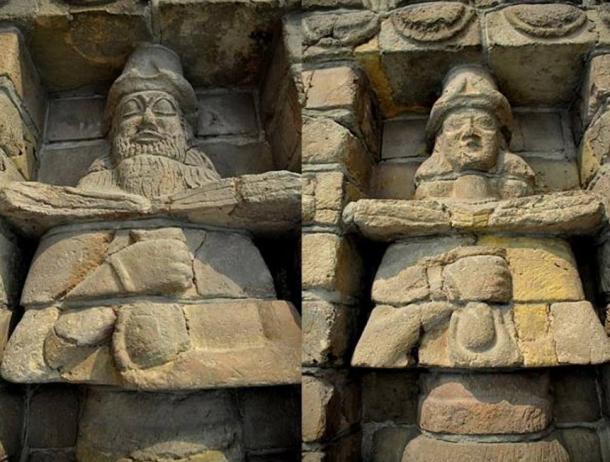
Male deities pouring a life-giving water from a vessel. (Osama Shukir Muhammed Amin FRCP(Glasg)/ CC BY SA 4.0 ) The deities hold that vessel with their hands. (Osama Shukir Muhammed Amin FRCP(Glasg)/ CC BY SA 4.0 ) From the facade of Inanna Temple at Uruk, Iraq. The Temple was built by the Kassite ruler Kara-indash. Late 15th century BC. The Pergamon Museum, Berlin, Germany.
The fortunes of Uruk fluctuated in the following millennium. At times, Uruk was able to maintain its independence. During other periods, however, the city was subjected to foreign rulers. Uruk continued to be a significant city for the various civilizations that came to rule over Mesopotamia, including the Akkadians, Assyrians, Achaemenids, and Seleucids. The city was eventually abandoned around the 2nd century AD.



